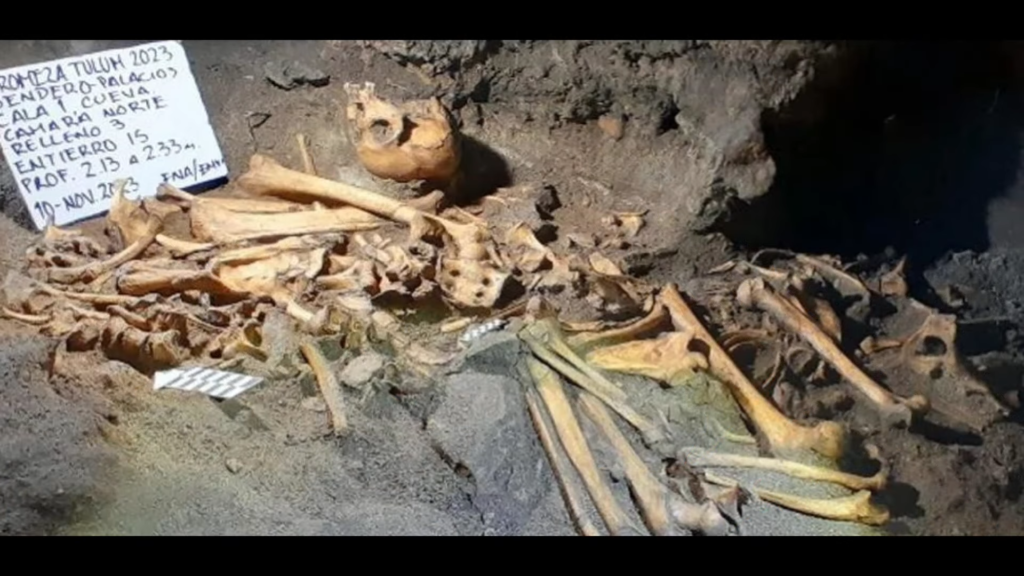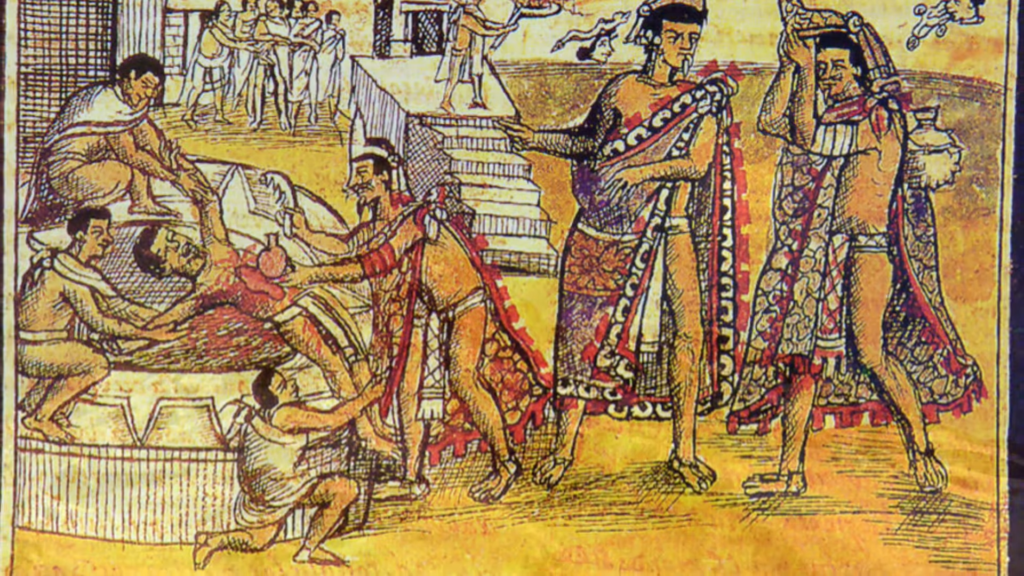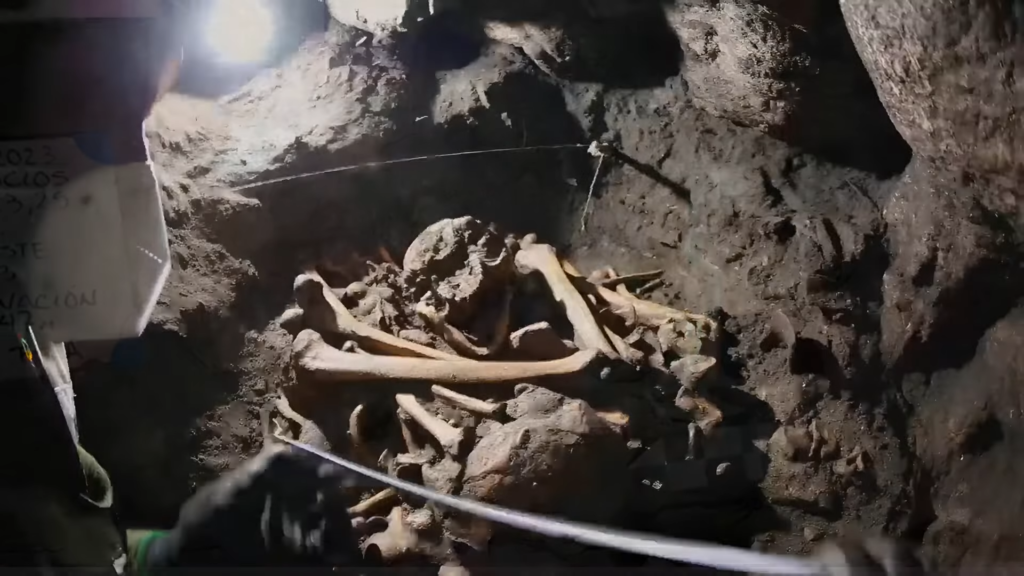Embark on a captivating journey through the ancient Mayan city of Tulum, where recent shocking discoveries in a hidden cave are reshaping our understanding of this mysterious civilization. Join us in this video exploration as we delve into the history and culture of Tulum, uncover the secrets of the cave, and decipher the significance of the burials and artifacts found within.

Tulum, a walled city dating back to the 13th-16th centuries AD, served as a vital port for the powerful city-state of Koba in the Yucatan Peninsula. Protected by a 12-meter-high limestone cliff and fortification walls, Tulum faced the Caribbean Sea and was dedicated to the Maya diving god, a deity associated with water and the underworld.

Initially mentioned by Juan Diaz in 1518, Tulum gained widespread attention with the detailed descriptions provided by early explorers John Lloyd Stevens and Frederick Catherwood in 1843. Their accounts ignited fascination for Maya culture in Europe and America, revealing Tulum’s prosperity through trade in goods such as cotton, foodstuffs, copper bells, axes, and cacao beans.
However, Tulum had a darker side, involving human sacrifice and morbid rituals common among the Maya. The recent discovery in a cave within Tulum’s walled area sheds new light on the Maya’s intricate beliefs and practices related to death.

A team of cave archaeologists from the National Institute of Anthropology and History unearthed the cave, hidden between the Temple of the Columns and the Temple of Haku. Sealed off by a large boulder, the cave revealed human remains split in two, with the lower part outside and the upper part inside. Further exploration uncovered two small chambers within, housing eight remarkably preserved burials.
These burials, predominantly of adults, displayed various positions, accompanied by offerings like ceramic vessels, shells, jade beads, and obsidian blades. Dating to the late postclassic period (1200 AD to 1550 AD), this aligns with Tulum’s peak development.
The cave also unveiled a plethora of animal skeletal remains associated with the burials, ranging from dogs and mice to sharks and iguanas. These animals may have played roles in the diet, served as companions, or held ritual significance.

Among the artifacts found, a small stone mortar, or “mujete,” stood out. Decorated with geometric motifs, this paple inzo-type mujete belonged to three individuals buried in the cave. Its restoration by specialist Carolina Sigura Cillo adds to the intrigue surrounding Tulum’s diverse mortuary practices.
This groundbreaking discovery not only contributes to our understanding of Maya culture but also unravels the complex relationships between the living and the dead, shedding light on the sacred and profane elements that defined the Maya worldview. If you’re fascinated by history and culture, like, share, and subscribe to our channel for more intriguing insights into the Maya civilization. Join us in unraveling the secrets of Tulum’s past in our upcoming videos. See you next time!




